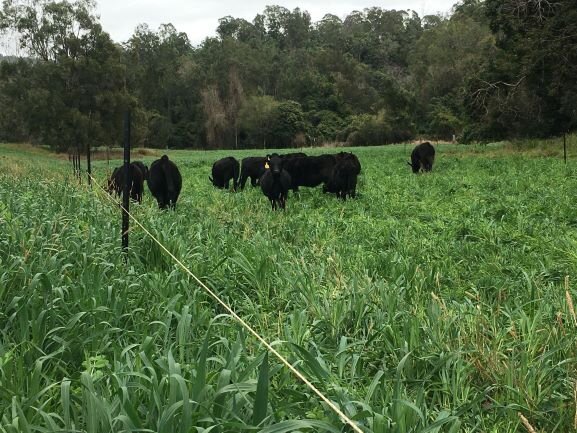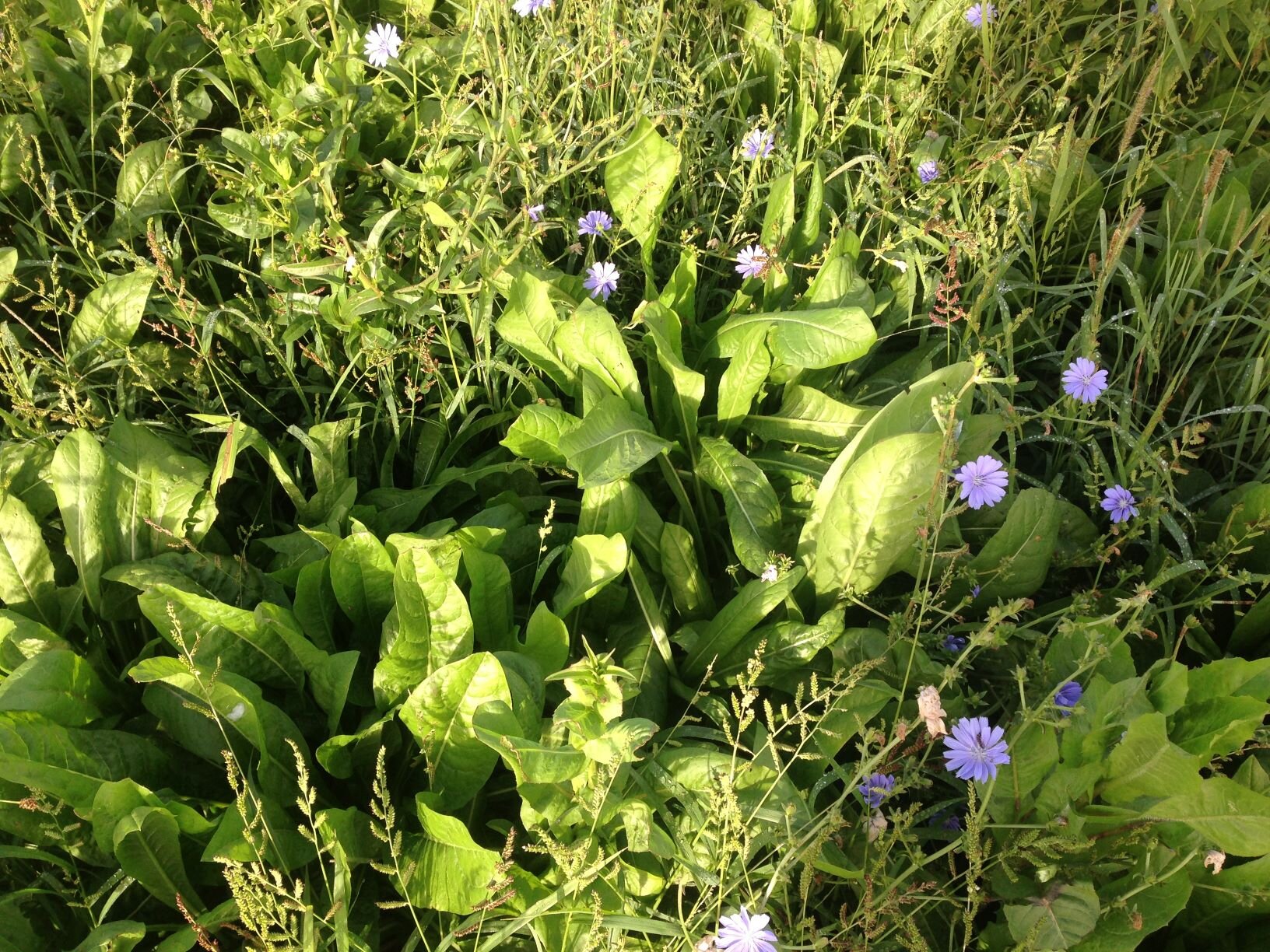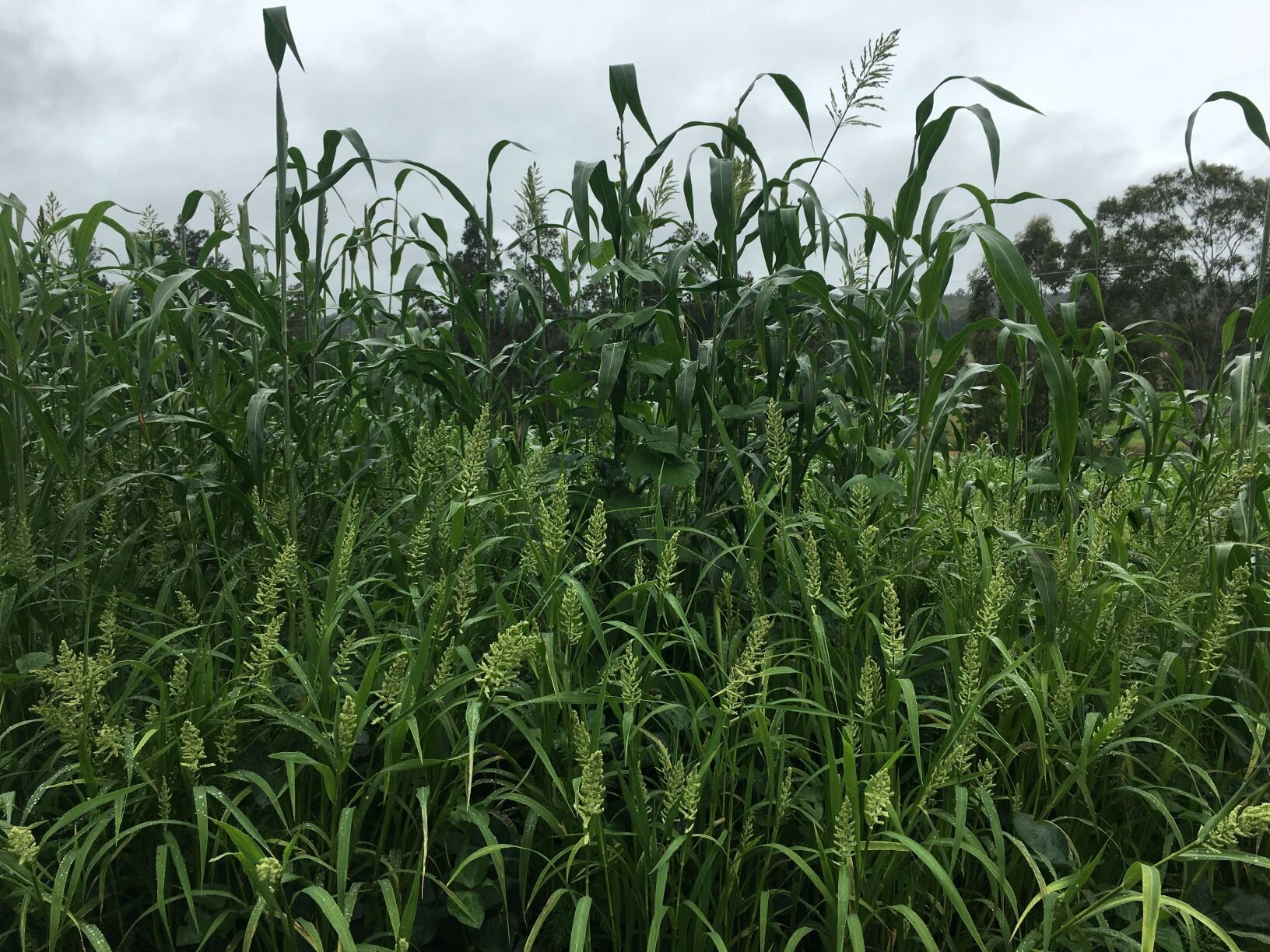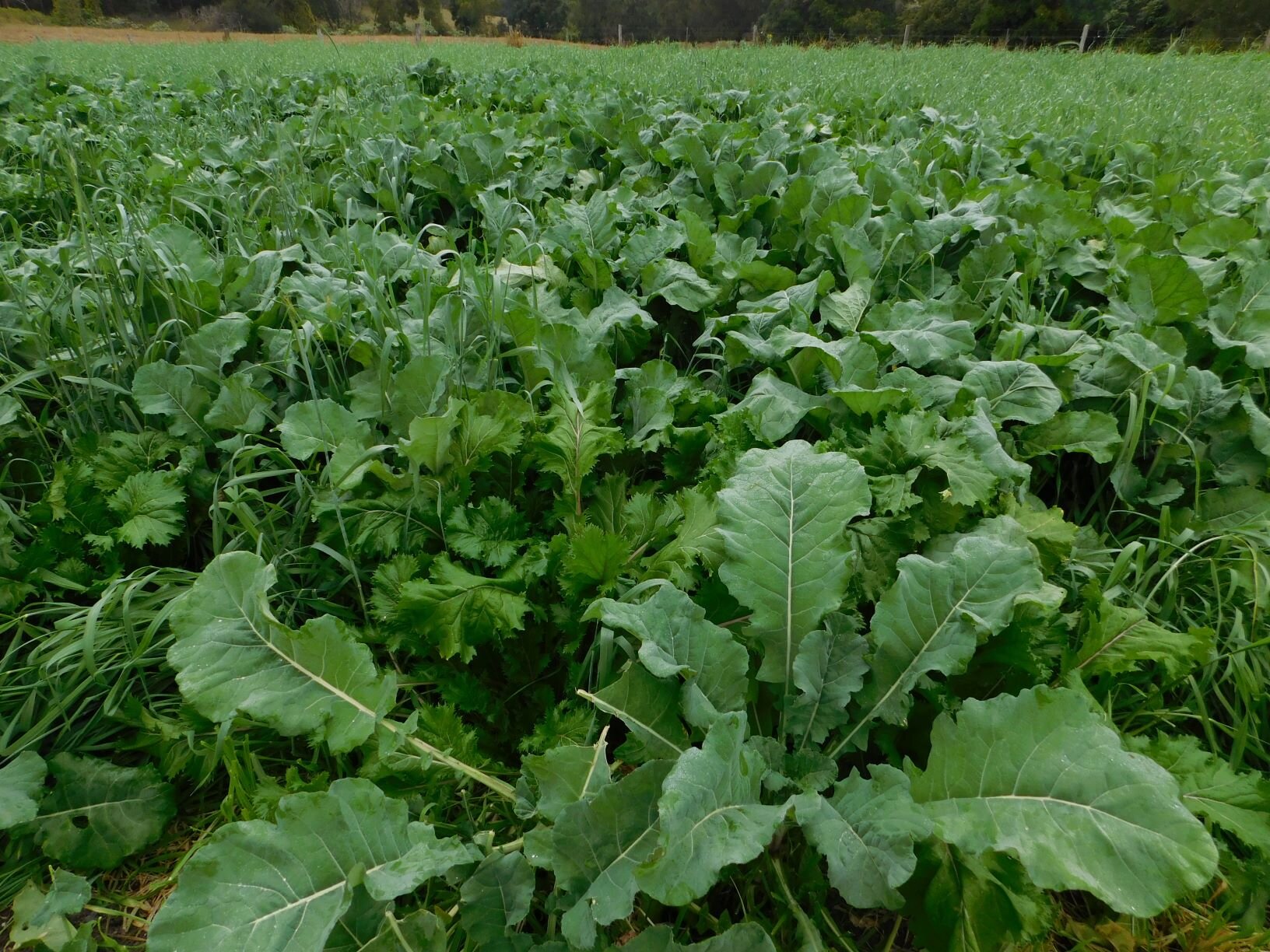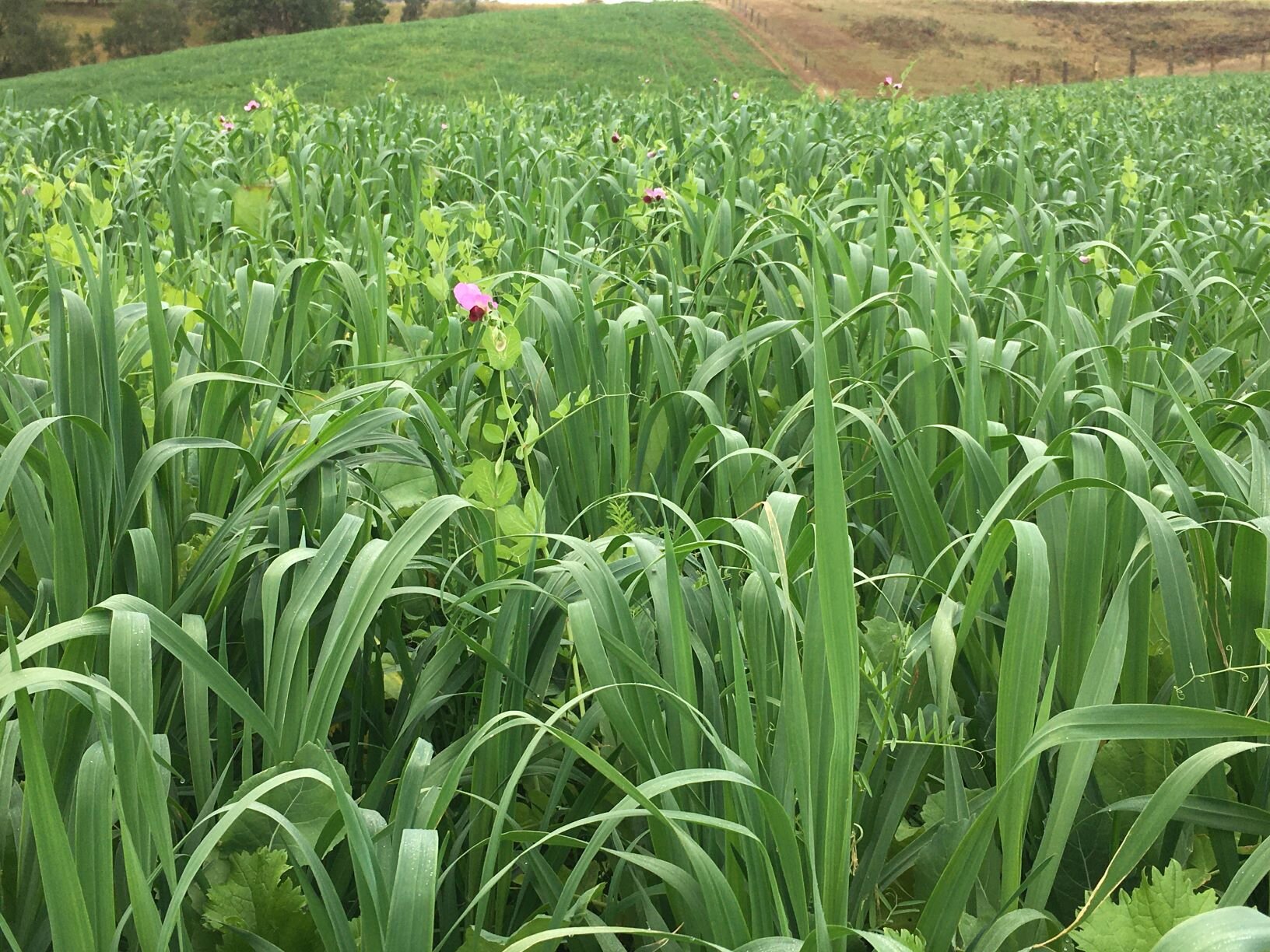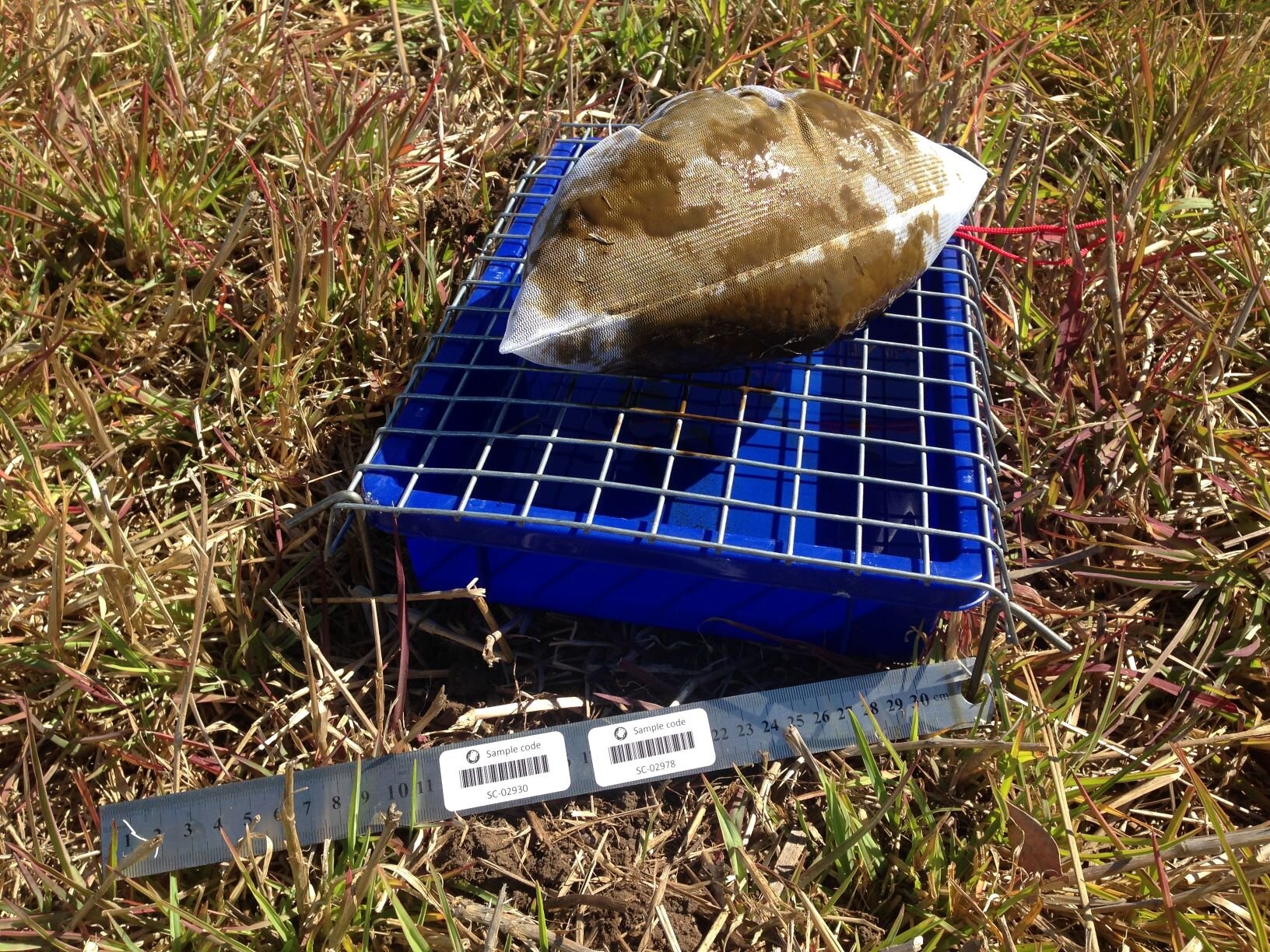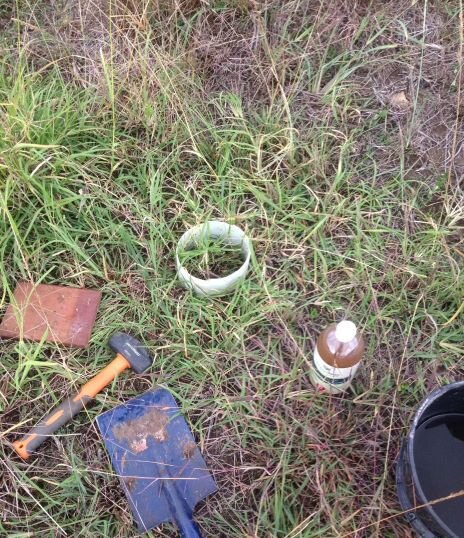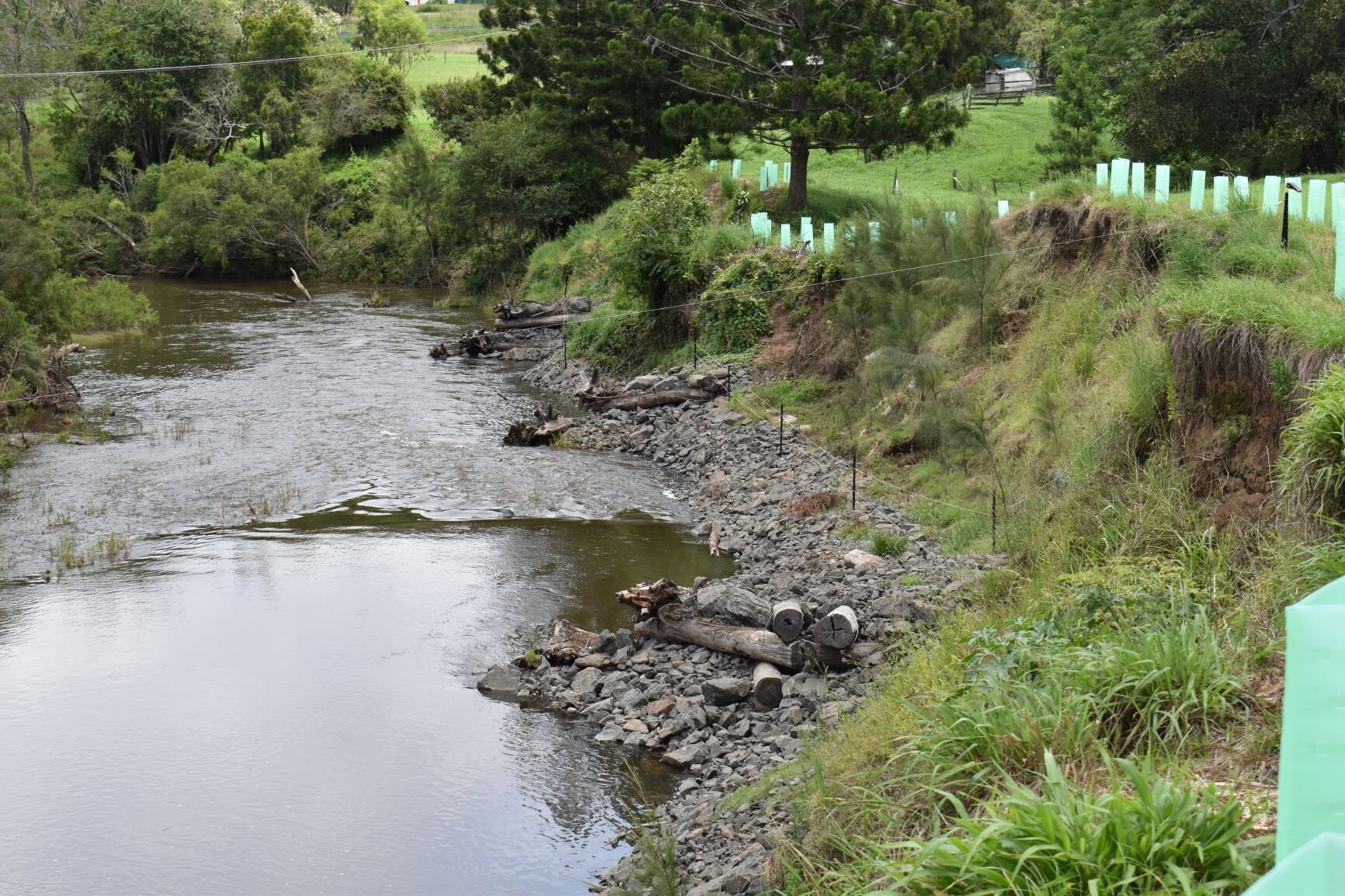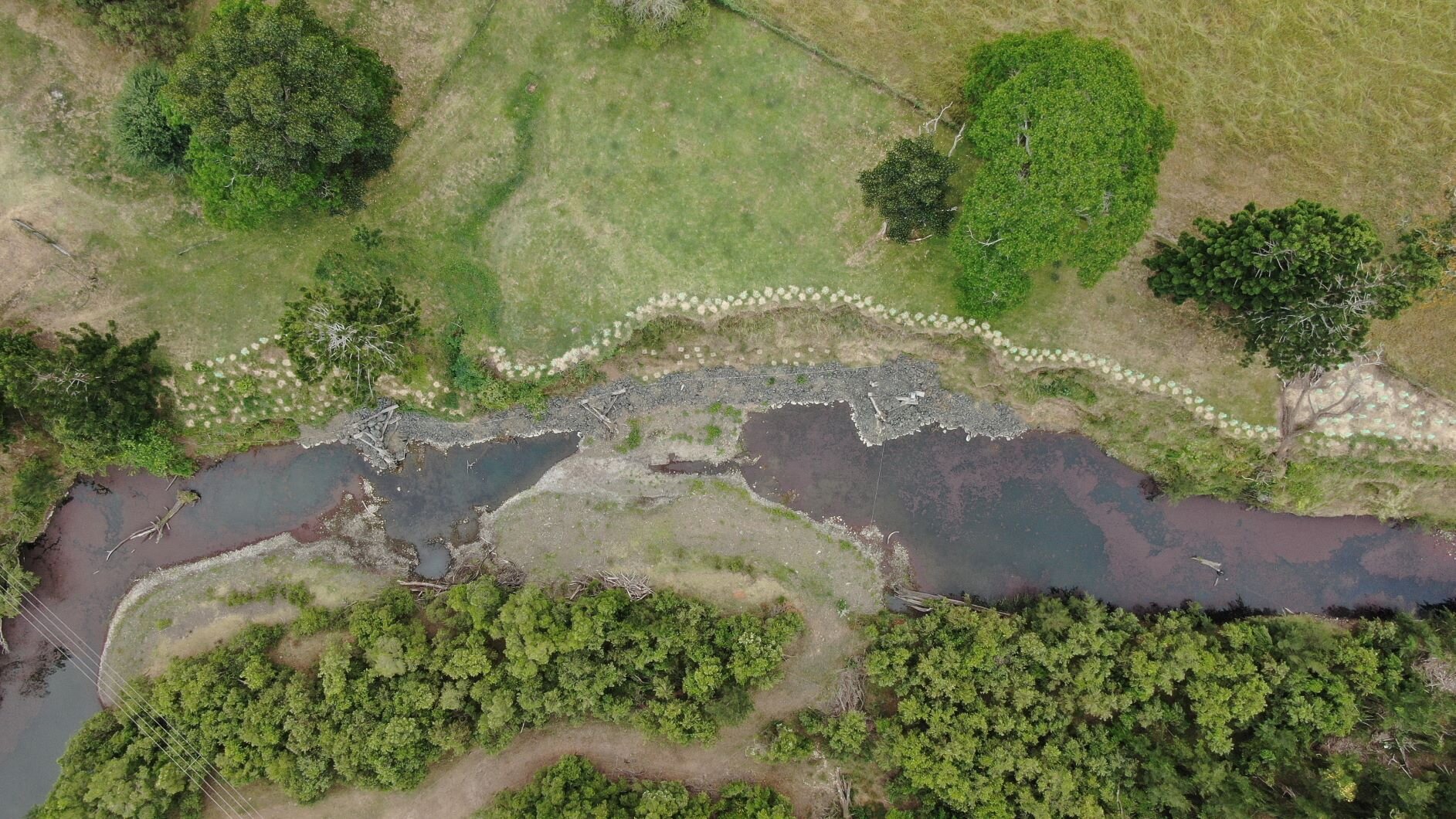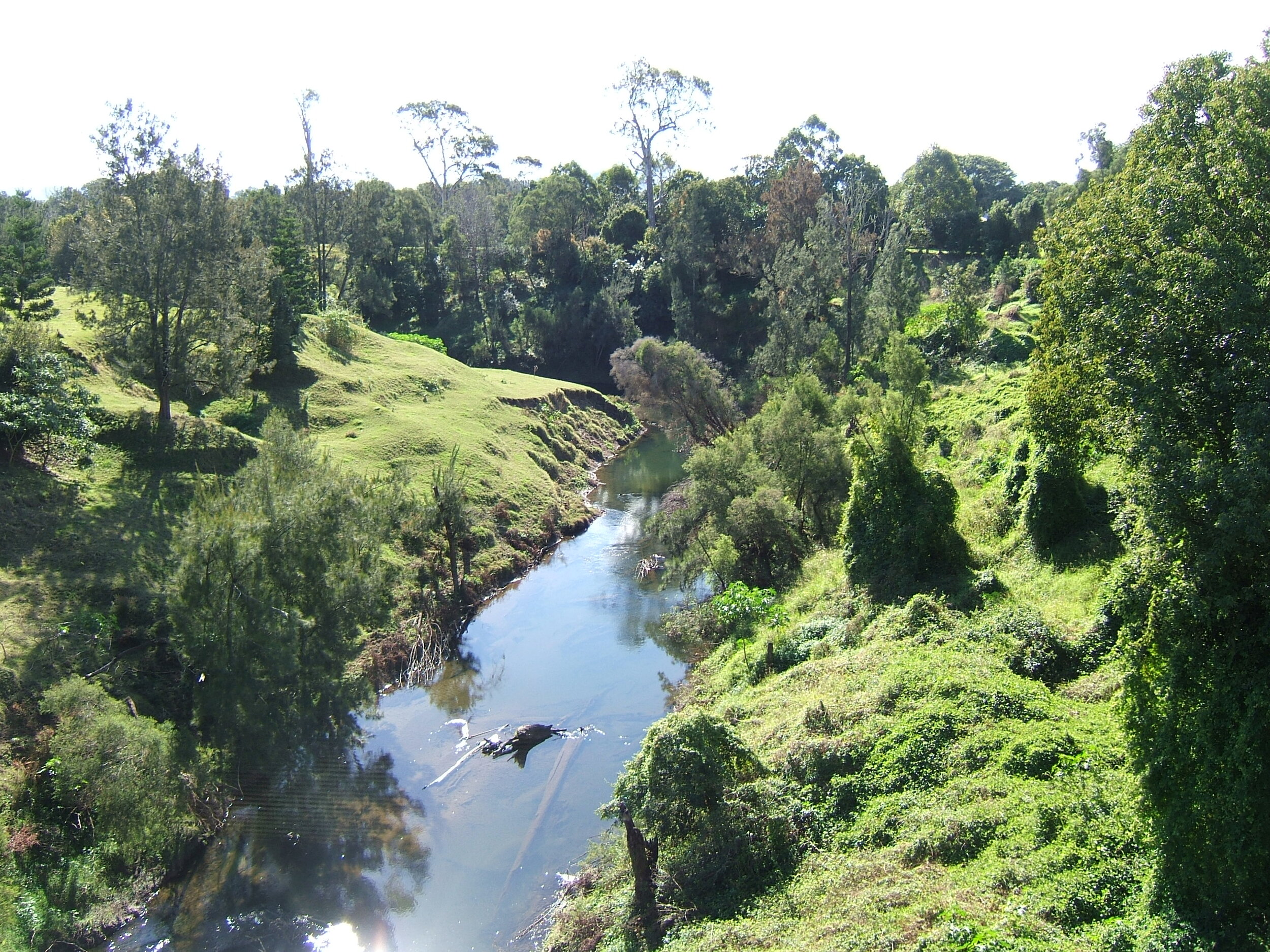landscapes, soils and pastures
Supporting riparian restoration and erosion control along Roseberry Creek and the Richmond River, and soil conservation on farm through a range of sustainable agriculture practices. VIDEO
BRRVLN’s work focuses on reducing erosion and improving soil health, and increasing landholders understanding of soils, landscape processes and a range of options to improve long-term productivity.
Soil health and landscape field days and workshops for producers to improve knowledge and understanding of soil basics, soils on the NSW north coast, understanding soil organic matter and carbon, soil biology, and how to manage pastures to improve soil health.
Compare soil amendments and other practices to address soil constraints such as acidity, compaction and structural disturbance.
Trial multi species pastures to regenerate pastures and fill winter feed gaps. Establishing diversity in pastures builds soil organic matter, provides feed during winter and spring feed gaps, improves soil fungi to bacteria ratios and may help build soil carbon levels over time. Depending on the condition of the paddock it can take a number of seasons of multi species pastures to observe all these benefits.
Monitoring dung beetle species and activity and trialing new spring and winter species to fill gaps in dung burial activity, Onitis caffer a winter active species is showing the most promise for the north coast,
Monitoring soil carbon levels across five trial sites to measure impact of changes in management and seasonal variation,
Soil sampling to measure soil carbon to depth and minerals across 20 northern rivers grazing properties to guide producers’ decisions on methods to increase and maintain soil carbon and beef production in the sub tropics.
Applying the principles of landscape rehydration - natural sequence farming in the local landscape. This project received funding from the Australian Government’s Future Drought Fund and support from Mulloon Consulting.
Here are some useful links to better understand the principles of Natural Sequence Farming, the small water cycle, how the Australian landscape evolved to manage hydrology and fertility, insight from Peter Andrews and other landscape practitioners and an interesting panel discussion on hydrology that includes Nicole Masters.
The baseline assessment of Roseberry Creek catchment and landscape rehydration potential is found here.
Community monitoring of water quality using macro invertebrates as indicators,
BRRVLN is collaborating in these activities with a number of partners including Southern Cross University, Sub Tropical Dairy, Casino Food Co-op and local landholders and Landcare groups.
Project Period: 2018-2023
Funding source: National Landcare Program through the Regional Land Partnerships Program - DAFF

